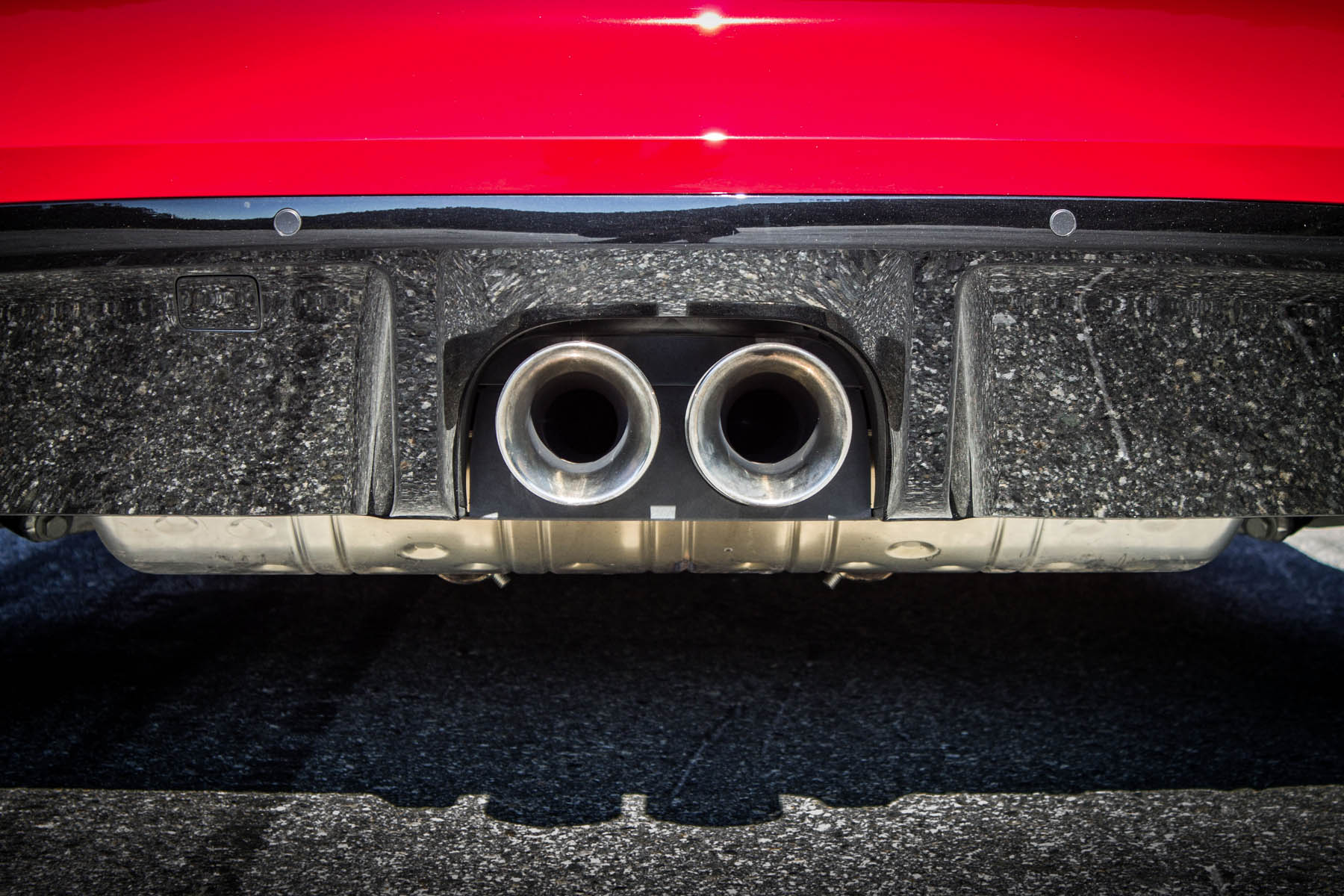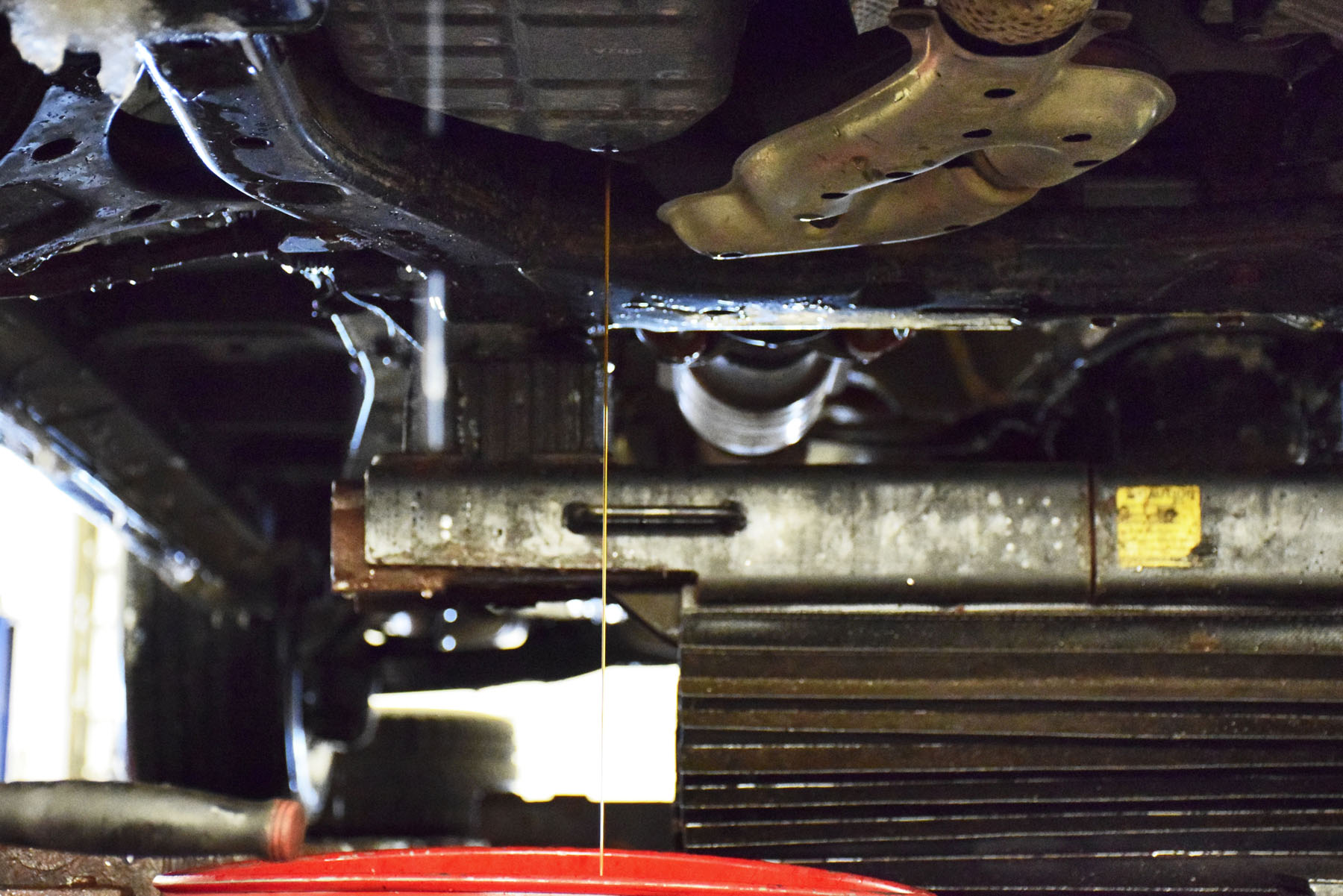The sitter car: on paper, they’re in great shape, have very low miles, and invite used car shoppers to snatch up a steal of a deal on ride that’s seen lower-than-average miles of use.
Maybe it’s a leave-behind car, used on occasion by a business person when the company car was unavailable. Or if it’s the archetypal “one lady owner, driven on Sundays” car, driven just a few kilometres a week. Or a sitter car used a few times a month by an airline pilot or avid vacationer. In any case, ultra-low-mileage used cars pop up daily in the used market, and get used shoppers excited with their relative newness.
That’s the common convention, anyways. But is that older, very low mileage car really a good idea?
Mechanic John Kennard doesn’t necessarily think so.
“Like any used car, the answer is that it depends,” he comments. “Sure: the car could be fine, and you could wind up with a great deal on a solid machine. But I’ve spent plenty of time working on cars like [them], since when you leave a vehicle sit for ages on end, there’s a whole new set of issues that can arise.”
According to Kennard, shoppers might want to think twice about purchasing that low-mileage, rarely driven ride, since it could be concealing a smorgasbord of problem or issues, many of which are caused by the fact that, in some cases, not driving a car can cause sometimes-significant problems.
Like us humans, cars can develop trouble when they sit stationary for extended periods. We’ve tapped our network of mechanic and auto service pals to shed some light on the potential risks of buying that used cobweb collector – and to look at a few specific checks and tips to keep in mind before your purchase.
Tires

Leaving a tire to sit unused for extended periods can wear it down, just like driving on it, but in different ways. Air, sunlight and changing temperatures are the enemies of rubber in the context of a car tire, and more so if that tire has been sitting stationary for extended periods.
Kyle Hodgkinson, an assistant manager with Kal Tire, says “When a car tire sits unused, it loses air, dries out, and becomes stiff and brittle. The oil in the rubber compound evaporates, which means the rubber loses its flex. And, if you drive on that improperly inflated, dried-out tire, damage and wear accelerate. Sidewall cracking, flat-spotting and degraded safety are likely.”
Translation? Be sure to inspect the tires for signs of excessive wear, cracking, or damage.
Pro Tip
Tires have two sides – and you’ll want to be sure to check each one for damage, cracks, and the like. Turn the steering wheel far to each side, for a view of the inner portion of the sidewall. Use a flashlight so you can see the inner sidewall surface clearly.
Brakes

Like tires, leaving a vehicle’s brakes unused for weeks on end can cause issues, too. Mechanic Paul Kennaley says, “Look for excessive rust on the rotors and other components, which can lead to accelerated pad wear, brake pulsation, grooving of the brake rotors, or even seized calipers and related components. These can result in pad and rotor damage, and the most notable indication from the driver’s seat would be a pulsation, or grinding sensation, when the brakes are applied. You might also get a low pedal, and uneven pad wear, both of which reduce stopping power and safety. Left unused and un-serviced, a number of brake-related problems can have a snowball effect, rapidly increasing repair costs.”
Note that frequent short trips can be harmful for a vehicle braking system as well.
Pro Tip
A trained mechanic is the best person to inspect the brakes on your potential used car candidate if you have any concerns. Especially if the brakes are mushy, noisy, or weak, be sure to have them inspected professionally before you buy. Finally, remember that old brake fluid can absorb moisture over time, causing additional issues.
The Rubber Stuff

Like tires, other rubber components are happiest when they’re used, and not left to sit for ages on end. Hoses, belts, seals and vacuum lines can all dry out, split, crack, degrade and rot when left sitting for extended periods, even more if the vehicle is parked outside, exposed to the elements. Dry rotted hoses and vacuum lines can cause fluid leaks and improper operation of vacuum-actuated systems. Dried-up belts can squeal, disintegrate and fail, causing headaches. Dried-out rubber seals can cause issues in a plethora of vehicle systems, including fluid leaks, pressure loss, and more.
Exhaust System

Especially on an older, low-mileage model, infrequent vehicle use or frequent use for short trips can cause rapidly accelerated corrosion within the exhaust system. This can be tricky to detect visually, as moisture will build up inside of the exhaust system, rusting it from the inside out. If the vehicle was used frequently used to make short, in-town trips, chances are that the exhaust system never got good and hot, which can allow moisture, or even standing water, to accumulate inside of it. This can cause problems with corrosion, sensors, and more. Take note of how much water gushes out of the exhaust system when you start the engine – and if there’s lots, and especially if it’s rust-colored, you’ll probably want to budget a few hundred bucks for a new exhaust system.
The Battery

Vehicle batteries, and especially those in newer vehicles, really, really don’t like being left sitting for ages on end. The battery relies on the running of the engine to charge it. Without a trickle charger, days on end sitting followed by short trips that fail to bring the charge back up, can quickly result in a weak battery that may fail to properly power all systems. Or worse, a dead battery that doesn’t respond well to further charging.
Remember that new car high-tech systems get extra crabby when they don’t have proper battery voltage to do their jobs properly: a long list of irritating electronic problems are likely if the battery in the model you’re considering isn’t in tip-top shape.
Pro Tip
If the electronics in the vehicle you’re considering are operating sporadically or showing any signs of weirdness, a weak battery is a key suspect. In a wide variety of situations, niggling electronics problems can often be caused by a poorly-charged battery – so start your diagnosis with a battery and charging system check.
Fluid Degradation

Most of the fluids in a vehicle need to be changed according to a certain interval of kilometres driven, or a certain time-frame – whichever comes first. Engine oil, for instance, is often changed every six months or 5,000 kilometres. If the vehicle you’re considering has only put on 4,000 kilometres in the past 2 years and never been changed, chances are it’s contaminated with traces of other fluids, fuel, and moisture, which can degrade performance even further.
Brake fluid can absorb moisture over time, and regardless of mileage, too. Engine coolant, if not changed on time, can corrode cooling system parts, too. Translation? Both time, and mileage, may have degraded the fluids in your potential new-to-you ride.
Pro Tip
If you wind up buying a low-mileage vehicle without solid service records, a full fluid change, including coolant, brake fluid, engine oil, transmission fluid, and power steering fluid, is a great idea for maximum durability and peace of mind.
John Kennard adds, “You can’t go wrong changing fluids. This is such an easy way to take care of a car. Whenever I buy a used car, I swap all of the fluids, this way, I know they’re all fresh and won’t cause any problems. It’s cheap insurance.”

